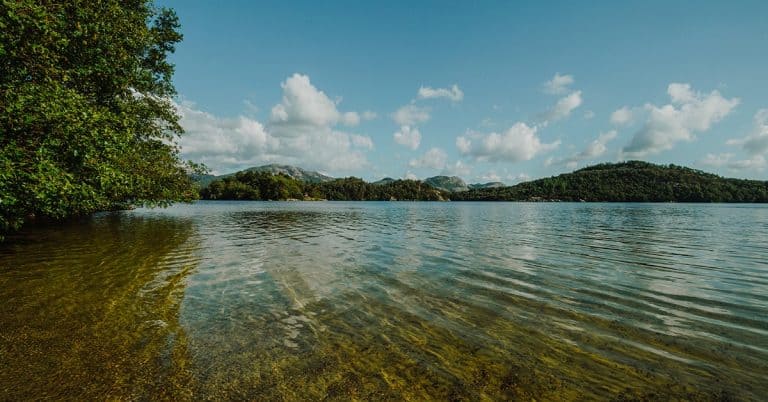In today’s world, we are all facing the consequences of pollution and environmental degradation. One of the ways scientists have proposed to reduce carbon dioxide levels and boost soil health is through Enhanced Rock Weathering (ERW). The process involves grinding up rocks such as basalt and spreading them over fields, which eventually reacts with carbon dioxide and locks it up in the soil. However, while ERW may seem like a promising solution, it is important to consider its impact on water quality and the health of freshwater and coastal ecosystems. Understand more about the potential effects of Enhanced Rock Weathering on water quality and its implications for the environment.
The benefits of Enhanced Rock Weathering on water ecosystems
Enhanced Rock Weathering (ERW) is a promising technique that has the potential to reduce the impacts of climate change and mitigate the risks associated with rising temperatures.
In summary, ERW involves the spreading of crushed silicate rocks on soils, which release minerals that trap carbon dioxide from the atmosphere. This process is important for maintaining soil health, but its effects on water quality have not been widely studied.
But what are the impacts of this technology on water ecosystems? Enhanced Rock Weathering (ERW) can, in theory, improve water quality and aquatic life in freshwater systems.
When the chemichal reactions of the whole ERW process occur with carbon dioxide in the atmosphere and traps it on the soil, it produces a basic solution that reduces the acidity of the soil and thus, the surrounding water. The less acidic water helps fish, amphibians, and insects thrive, promoting biodiversity in the affected areas.
The theory suggests that ERW can also reduce the release of potentially harmful chemicals such as lead, cadmium, and arsenic from the soil and into the water.
However, there are concerns about ERW’s potential to increase runoff and erosion, which could contribute to problems with water quality. Increased erosion due to the movement of rocks and soil around freshwater and coastal ecosystems may negatively impact the ecosystem’s water quality, which, in turn, harms the aquatic life that it supports.
Runoff from fields treated with ERW may also contain dissolved minerals that could affect the salinity of the seawater within the coastal ecosystem. Because of that, when implementing Enhanced Rock Weathering iniatiaves, there are some concerns that need to be addressed.
Concerns about the implementation of ERW processes regarding water ecosystems
ERW’s impact on water quality and ecosystems also depends on the location the process is being implemented. In coastal regions, ERW can contribute to increased mineral deposition, which changes sediment dynamics and can affect the coastal flora and fauna.
If done incorrectly, ERW could lead to long-term changes in sediment quality, the stability of beaches, and how freshwater and saltwater ecosystems interface. The effects of ERW’s location and implementation on seawater quality and water ecosystems, in general, need more attention.
Moreover, ERW is not the ‘silver bullet’ solution that will solve all problems with carbon sequestration and soil health. It has its limits and may cause unwanted side effects on water and soil chemistry if wrongly implemented.
There is also a need to consider other factors impacting on the environment, such as land use, crop selection, and management practices. Scientists must conduct more studies and engage coastal communities to examine potential outcomes thoroughly and tailor ERW to the surrounding ecosystem.
Enhanced Rock Weathering is a promising technology and its correct implementation can reduce potential impact on water ecosystems
While ERW does show promise in reducing carbon dioxide levels and increasing soil carbon storage, we must be careful in its implementation. The effect of ERW will have on soil health, freshwater, and coastal ecosystems needs more attention.
The location, implementation, and timing must be carefully considered to mitigate unwanted impacts on water quality and ecosystem health. In conclusion, it is important not to buy into the hype but approach Enhanced Rock Weathering realistically, taking into account all potential benefits and risks.
It is an exciting opportunity for scientists to make a more significant difference, but it must be done responsibly, with proper considerations and the use of elements that can improve the benefits of such process, like the correct rocks and minerals used on the ERW process.

